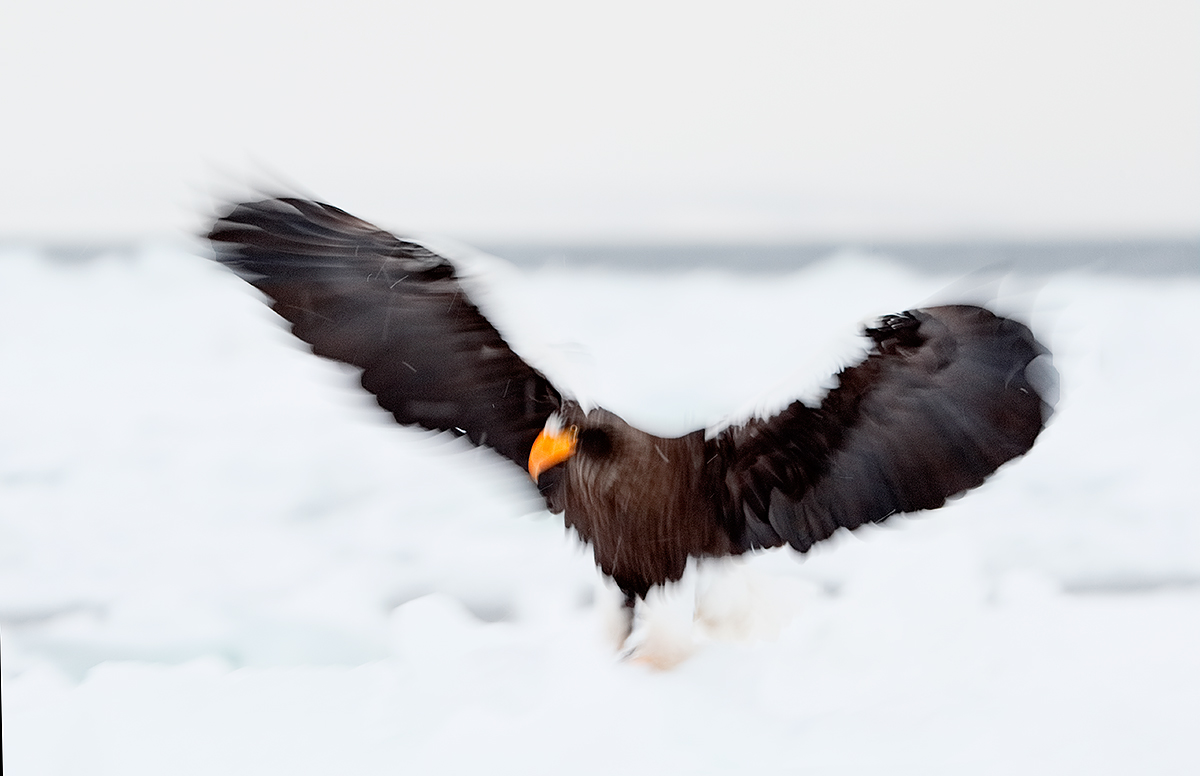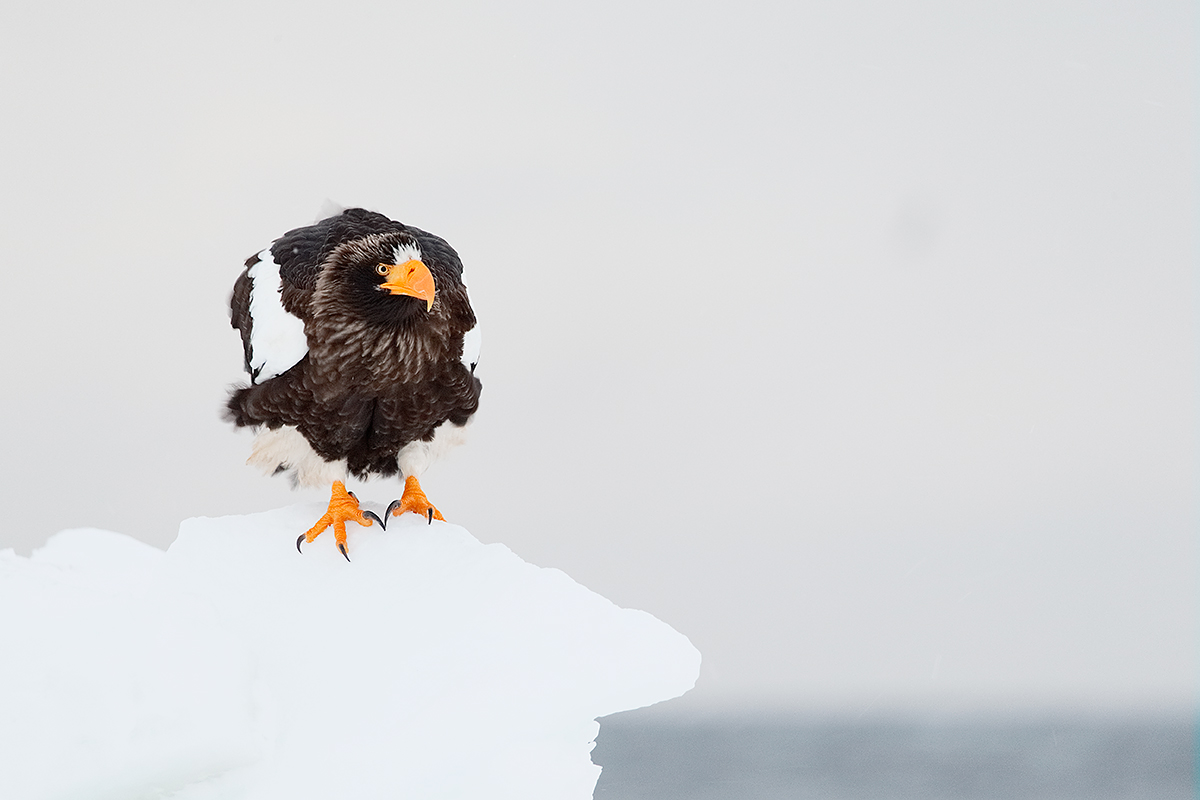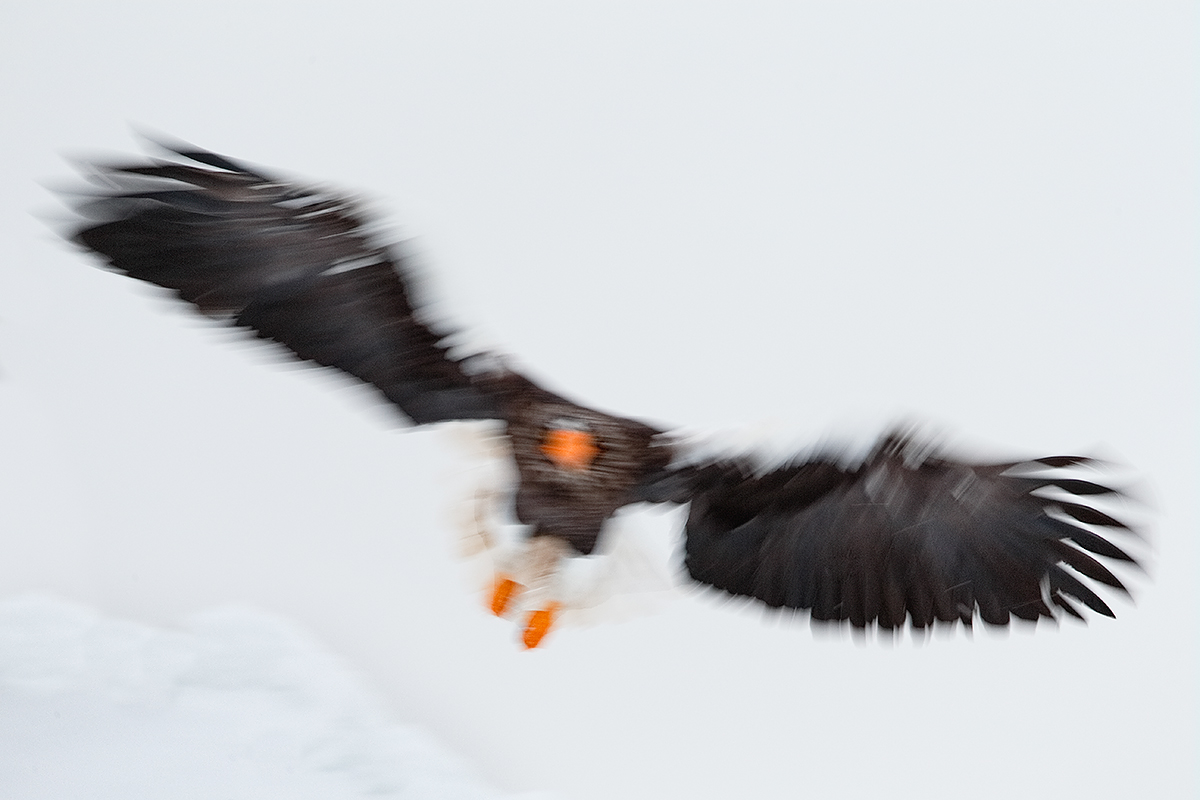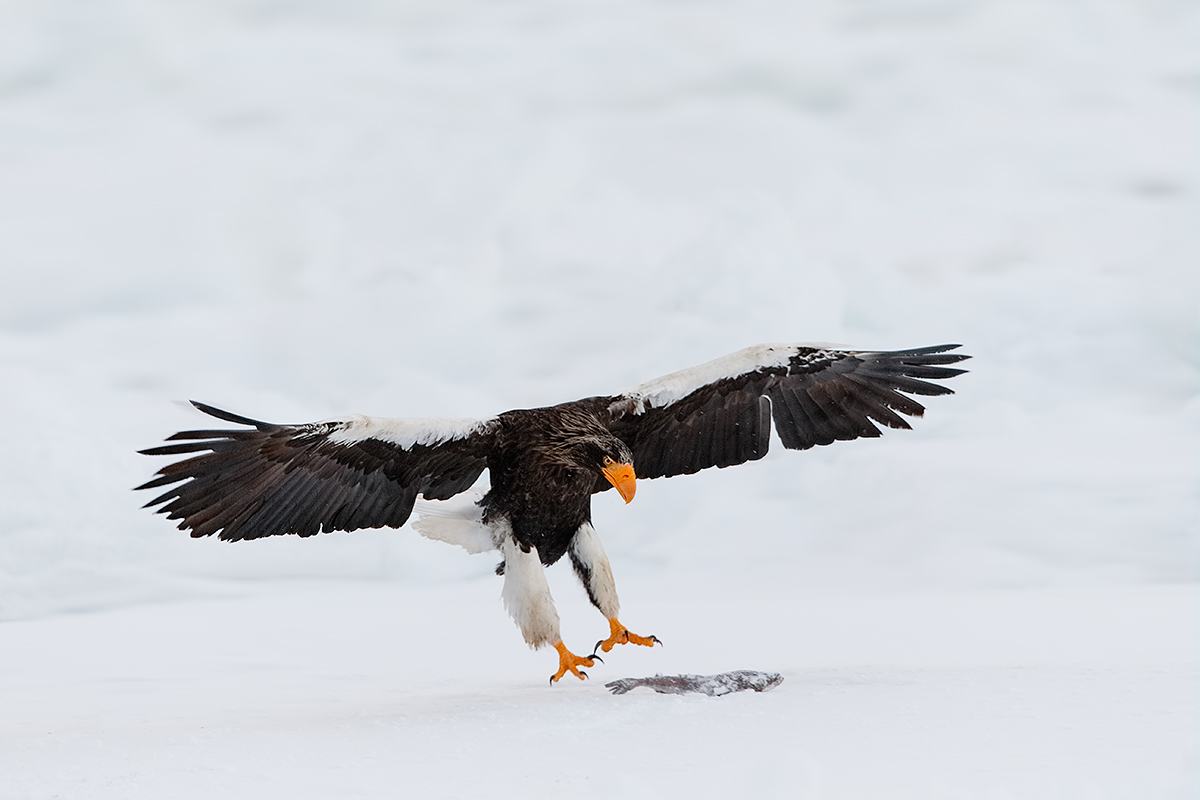The Streak Goes On…
At the risk of sounding like a broken record we killed today at the Snow Monkey Park…. I am finishing this post at 7:26pm Japan time on Monday February 24, 2104. That is 5:26am on the same day in Florida or in New York. I will be asleep well before 8pm :).
This post marks 87 straight days with a new educational blog post, a record by far that should be extended for at least another day or so, or not. Or more…. To show your appreciation for my efforts here, we ask that use our B&H and Amazon affiliate links for all of your B&H and Amazon purchases. Please check the availability of all photographic accessories in the BIRDS AS ART Online Store. We sell only what I use and depend on. We will not sell you junk. We know what you need to make creating great images easy and fun. And we are always glad to answer your gear questions via e-mail.
You can find the following items in the store: Gitzo tripods, Mongoose M3.6 and Wimberley heads, plates, low feet, and accessories, flash brackets, , Delkin e-film Pro Compact Flash Cards, LensCoat products, and our unique line-up of educational materials including ABP I & II, Digital Basics, Site and Set-up e-Guides, Canon and Nikon Camera Users and AF e-Guides, and MP-4 Photoshop video tutorials among others.
We would of course appreciate you using our B&H and Amazon affiliate links for all of your B&H and Amazon major gear, video, electronic, household, and personal purchases. For the photographic stuff mentioned in the paragraph above we would of course greatly appreciate your business. Here is a huge thank you to the many who have been using our links on a regular basis and visiting the BAA Online store as well.

|
|
This Steller’s Sea Eagle blur was created on the morning of February 22, 2014 at 6:04:02am on the Japan in Winter IPT with the Gitzo 3532 LS carbon fiber tripod, the Mongoose M3.6 head, the Canon EF 200-400mm f/4L IS USM Lens with Internal 1.4x Extender (tripod-mounted at 350mm) and the Canon EOS-1D X. ISO Safety Shift yielded ISO 1600. Evaluative metering +2 1/3 stops as framed in Tv mode: 1/30 sec. at f/6.3. Color temperature 10,000K. Central Sensor/AI Servo-Surround/Rear Focus AF just caught the top of the bird’s head and was active at the moment of exposure. Click here to see the latest version of the Rear Focus Tutorial. Click on the image to see a larger version.
|
Pre-Dawn Blurs in the Dark
I teach this technique at Bosque and use it often as well: Set Auto ISO or ISO Safety Shift. Set Tv mode. Choose a slow shutter speed somewhere between 1/8 and 1/60 sec. For the image above I went with 1/30 sec. Set the needed Exposure Compensation (EC). Frame the image and pan with the bird while acquiring focus and push the button to make an image or three. Flapping is way better then gliding when you are trying to create pleasing blurs.

|
|
This sharp image of a Steller’s Sea Eagle on an icy perch was created on the morning of February 22, 2014 at 6:04:47am on the Japan in Winter IPT with the Gitzo 3532 LS carbon fiber tripod, the Mongoose M3.6 head, the Canon EF 200-400mm f/4L IS USM Lens with Internal 1.4x Extender (with the internal TC in place at 560mm) and the Canon EOS-1D X. ISO Safety Shift yielded ISO 2500. Evaluative metering +2 stops as framed in Tv mode: 1/60 sec. at f/6.3. Color temperature 10,000K. Three sensors to the left of the Central Sensor/AI Servo-Surround/Rear Focus AF on the bird’s breast was active at the moment of exposure. Click here to see the latest version of the Rear Focus Tutorial. Click on the image to see a larger version.
|
Want Sharp?
If you want to try to create sharp images of perched birds in the low light of pre-dawn simply raise the shutter speed to something that you are comfortable with, focus, and fire away. To create the image above I engaged the internal TC, raised the shutter speed from 1/30 to 1/60 sec., and was good to go. Note that the second image was created exactly 45 seconds after the first image.

|
|
This image of a Steller’s Sea Eagle braking in flight was created on the morning of February 22, 2014 at 6:05:01am on the Japan in Winter IPT with the Gitzo 3532 LS carbon fiber tripod, the Mongoose M3.6 head, the Canon EF 200-400mm f/4L IS USM Lens with Internal 1.4x Extender (with the internal TC in place at 560mm) and the Canon EOS-1D X. ISO Safety Shift yielded ISO 1600. Evaluative metering +2 stops as framed in Tv mode: 1/60 sec. at f/5.6. Color temperature 10,000K. Central Sensor/AI Servo-Surround/Rear Focus AF just caught the top of the bird’s head and was active at the moment of exposure. Click here to see the latest version of the Rear Focus Tutorial. Click on the image to see a larger version.
|
1/60 sec. Works Both Ways
With perched birds folks with good sharpness techniques should be able to make sharp images at 1/60 sec. With birds in flight at fairly close range the same shutter speed can be used to create pleasing blurs. It’s a best of both worlds situation.

|
|
This Steller’s Sea Eagle image was created on the morning of February 21, 2014 at 6:33am on the Japan in Winter IPT with the Canon EF 200-400mm f/4L IS USM Lens with Internal 1.4x Extender (hand held with the internal extender in place at 473mm) and the Canon EOS-1D X. ISO 1600. Evaluative metering +2 stops off the ice: 1/500 sec. at f/5.6 in Manual mode. Color Temperature: 9,000K. Central Sensor/AI Servo-Surround/Rear Focus AF just caught the top of the bird’s head and was active at the moment of exposure. Click here to see the latest version of the Rear Focus Tutorial. Click on the image to see a larger version.
|
Getting the Blue Out
Even at 10,000 Kelvin all of the pre-dawn images had strong blue casts. I came up with a great way to lose the blue cast and get perfect whites with a single click. When converting in Canon’s Digital Photo Professional I simple clicked on Click White Balance and then clicked on the snow. Voila. Nothing could be simpler. With the four images here no other color corrections were necessary.
Your Favorite?
Please take a moment to leave a comment and let us know which of the 4 images above is your favorite, and do let us know why.
The DPP RAW Conversion Guide
To learn why I use Canon’s Digital Photo Professional (DPP) to convert every image that I work on, click here.
Support the BAA Blog. Support the BAA Bulletins: Shop B&H here!
We want and need to keep providing you with the latest free information, photography and Photoshop lessons, and all manner of related information. Show your appreciation by making your purchases immediately after clicking on any of our B&H or Amazon Affiliate links in this blog post. Remember, B&H ain’t just photography!




Amazon
Everyone buys something from Amazon, be it a big lens or deodorant. Support the blog by starting your search by clicking on the logo-link below. No purchase is too small to be appreciated; they all add up. Why make it a habit? Because I make it a habit of bringing you new images and information on an almost daily basis.
Typos
In all blog posts and Bulletins, feel free to e-mail or to leave a comment regarding any typos, wrong words, misspellings, omissions, or grammatical errors. Just be right. 🙂
IPT Info
Many of our great trips are filling up. See especially info on the South Florida, Holland, and Nickerson Beach IPTs. Two great leaders on most trips ensure that you will receive individual attention, have all of your questions answered, and learn a ton including how to think like a pro, see the situation, and get the right exposure every time. In addition you will have fun, and make lots of great images. Click here for IPT details and general information.
















I really like photo #2. The pose makes you wonder if the bird is prepping for take-off or huddling because of the cold. I like the slight blur in some of the feathers at the bottom and sides, this gives it a subtle dynamic. And obviously the contrasting colors and composition pull it all together.
I’m starting to do some of my own trials in blurred photography. It’s a tough way to think especially if you’ve always pushed yourself to get tack sharp photos. Your video on B&H has given me some great ideas. Thank you Mr. Morris.
Love the 4th shot, birds in motion are so special. The blur shots I don’t like, they remind me too much of my early photos, when nothing ever looked sharp. Love your site, my husband is THE photographer, but I get an awful lot of info out of your blogs as well. Many thanks for all the hard work.
Thanks. Those are not my all time favorite blurs either; I just wanted to make a point about working in Tv mode. artie
My favorite: Steller’s Sea Eagle on Icy Perch
I love the composition, the colours of the Eagle against the pure background, the colours of the feet and talons against the snow. The image is beautiful in its simplicity!!
Hi, Artie, and thanks yest again for yet another wonderful blog. Number 2 is my favorite; wonderful pose of the bird, composition, color, and so on. Different strokes and all that but I don’t like these two blurs.
Hey, Artie – These daily blog posts are blowing me away!!! So much to learn!! Thank you for your dedication to the “art” so to speak and your love of teaching.